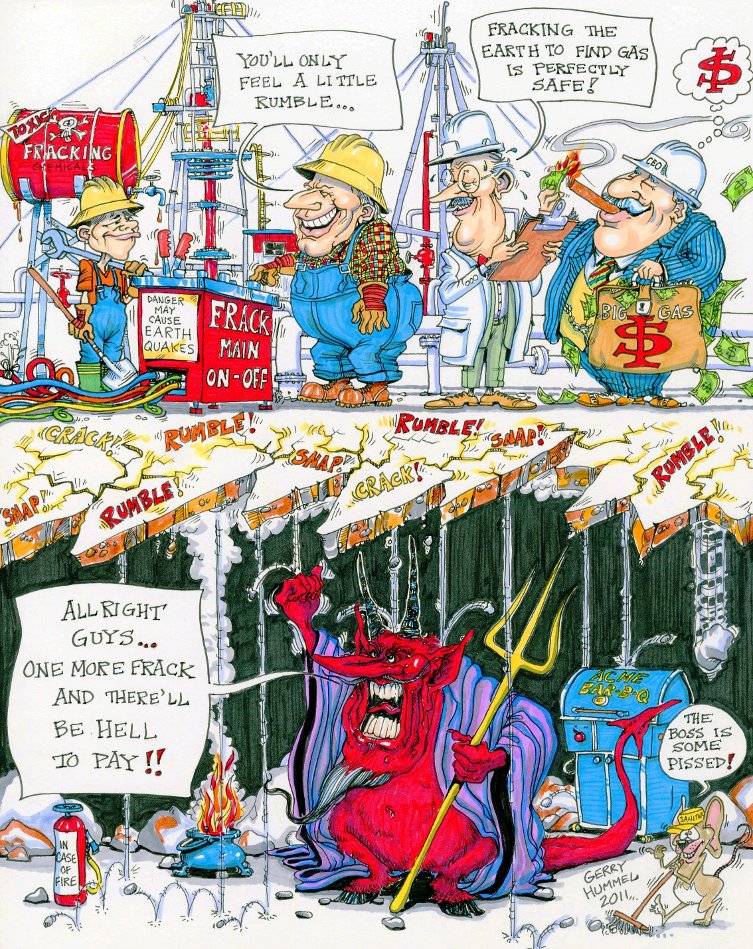From the Vancouver Sun – May 9, 2011
by Gordon Hamilton
VANCOUVER – Two B.C. first nations say they’ll join forces to fight a
major power line slated to run through their lands and are warning of
blockades unless BC Hydro changes its negotiating stance.
The move
by the Gitanyow and Lax Kw’alaams first nations comes after the
$404-million Northwest Transmission power line received environmental
approval from the federal government Friday, putting it one step closer
to construction.
They vowed they will not accept Hydro’s one-time cash offer, referring to it as “beads” in exchange for land.
The 344-kilometre line heading north from Terrace is expected to open
up the province’s northwest to mineral exploration and mining, creating
new wealth in the region.
Its route passes through the
territories of at least seven first nations. Four have yet to sign
impact benefit agreements with Hydro.
About one-third of the line
would go through territory belonging to the Gitanyow and Lax Kw’alaams,
who say Hydro has been inflexible in negotiations about their
participation and compensation.
“Based on what we have been
offered and the frustration we are feeling, we have withdrawn from the
process,” Lax Kw’alaams councillor Bob Moraes said Sunday. “We have
talked with the Gitanyow and they are prepared to join forces with us.
“We
are prepared to show BC Hydro that we are now negotiating as a
coalition and we are looking at forming a larger coalition with other
bands that have not negotiated an agreement yet.”
He said the first nation has told Hydro it will never accept ‘beads” from Hydro in exchange for rights to work on the land.
The
287-kilovolt line is to run from an existing substation at Skeena near
Terrace north to a new substation at Bob Quinn Lake near the Iskut
River.
BC Hydro describes the line as a major extension of
the provincial power grid, supplying electricity to support industrial
developments in the area, providing secure interconnection points for
clean generation projects, and enabling communities now relying on
diesel generation to connect to the grid.
It has won the support
of various industry groups, including the mining sector, which describe
it as the start of a new era for mineral exploration and development of
the area.
Glen Williams, chief negotiator for the Gitanyow first
nation, said in an interview Sunday that the first nation was close to
signing until Hydro signed a deal with the neighbouring Nisga’a that
includes lands disputed between the two first nations. The Nisga’a deal
provides Hydro with a less-costly route, he said.
“They gave our
neighbours, the Nisga’a over 60 kilometres of direct award [contracts
for clearing and road-building] smack in the middle of Gitanyow
territory,” Williams said. “It’s a huge problem for Gitanyow.”
He accused Hydro of resurrecting a territorial dispute between the two first nations.
“People
are quite angry and bitter that BC Hydro used the Gitanyow as a
bargaining chip to get as preferred route through Nisga’a territory,” he
said. “They have created a serious problem.
“It could delay the
project; it could jeopardize the whole project. It might even create
some conflict on the ground,” he said, referring to blockades.
One hundred and four kilometres of the line is over Gitanyow territory.
The
first 28 kilometres of the line is over Lax Kw’alaams territory, said
Moraes, who also warned that the Lax Kw’alaams could blockade any
attempt to begin construction if no impact agreement is reached.
The
issue for Lax Kw’alaams is different than for Gitanyow. While the
council is concerned about infringement on aboriginal title and impacts
on fish and wildlife, its primary desire is to take part in long-term
economic opportunities after the transmission line is built.
Lax
Kw’alaams has developed a strong business presence in the Northwest and
the first nation is seeking economic opportunities that go beyond what
administrator Wayne Drury termed Hydro’s “cookie-cutter” approach to
negotiations.
Hydro is offering a one-time cash settlement plus
participation in existing training programs for contractors and workers
for work during the construction phase.
Drury said it’s basically the same deal for the whole line and doesn’t address the different aspirations of each community.
“Resolution of the first nation issues will be critical to the project moving forward – and BC Hydro does not get it,” he said.
Drury
said Lax Kw’alaams businesses generate $100 million a year in revenues
and noted their chief councillor is on a trade trip to China that began
with meetings in Hong Kong with financial services giant Credit Suisse.
Lax Kw’alaams could easily partner with other companies to build the
actual line, not just clear bush, he said. Yet Hydro is treating them as
if they are not capable of participating in the economic benefits
associated with the transmission line.
Nobody from BC Hydro was available for comment on Sunday.




